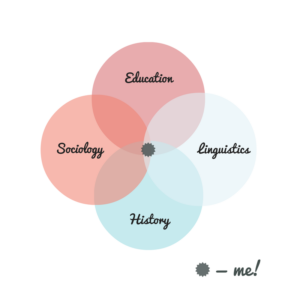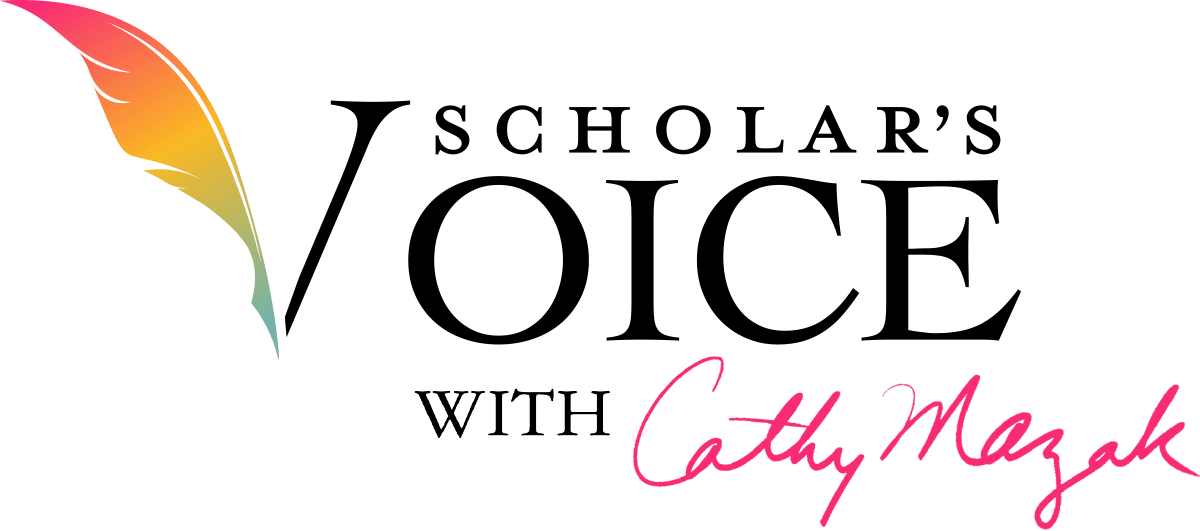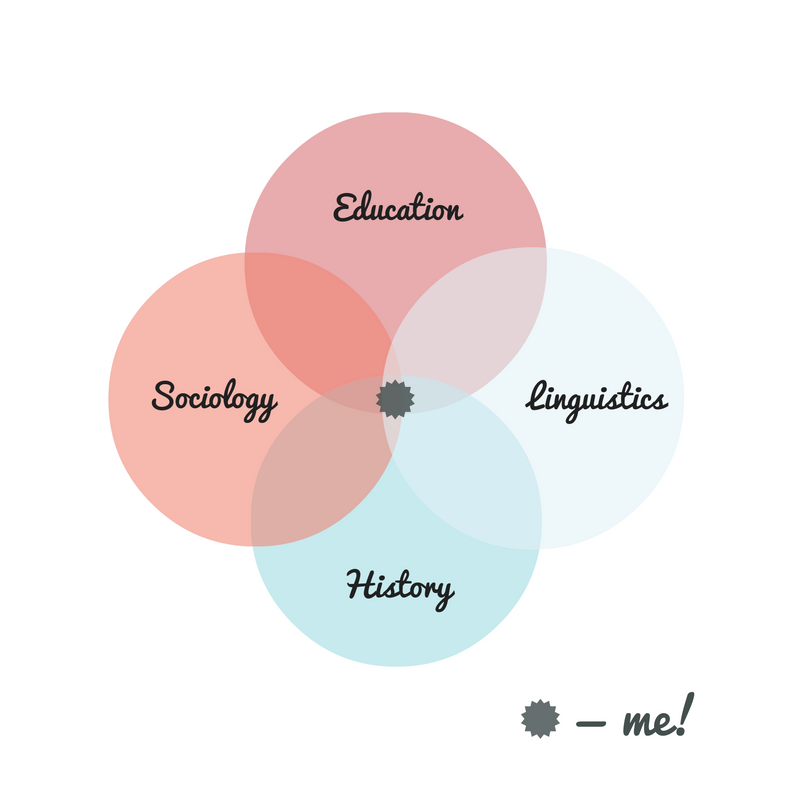There are so many things pulling at you right now: writing projects, course prep, horrible meetings…why on earth should you be worried about your niche? And how can carving your niche help you reach your goal: to publish more?
I’ve been able to be relatively successful in my academic endeavors by developing an “eyes on the prize” mindset. Once you develop this mindset, you will be able to select the projects that move your publishing forward (and say “no” to the rest), figure out what conferences you should be going to to help develop your publication ideas, and target the journals that will accept your work. It’s not rocket science (if you are a rocket scientist then yay for you!). But it is something that rarely gets talked about, and that no one actually shows you how to do. So I’m going to show you how to do it. 😉
As you work this exercise (and the blog posts to come), you’ll be articulating your niche, your focus, your “prize” that will serve as your guide for all your publication decision making and strategizing.
Without this you are letting academia push and bump you around. You don’t deserve that. You deserve to create the career (and life) you want in academia. In fact, your unique, once-ever-on-earth perspective on your field must be heard. Your ideas can’t go unpublished. Publishing is how we make (and share) knowledge. And that’s the whole point, isn’t it? It all starts by carving your niche.
So grab your favorite juicy pen or #2 pencil and let’s get to work!
Position yourself at the nexus:
There is hardly any “pure” disciplinarity in academia anymore, which means that you are inevitably working at the intersections of various fields of study. Take me, for example. I study translanguaging in Puerto Rican classrooms. When I read, I need to pull from various disciplines including:
- Education
- Linguistics
- History
- Sociology
If I zoom in a little closer, I can look at my work as sitting at the nexus of various sub-disciplines within these disciplines:
- Education: Bilingual education, educational language policy
- Linguistics: Sociolinguistics, bilingualism, language policy
- History: History of Puerto Rico, colonialism
- Sociology: Sociology of language, language ideologies
If I were to represent my niche in a ven diagram, it would look like this:

And in the very nexus of all these fields is me! That’s my niche.
Your turn: OK, now it’s your turn. Create a ven diagram with your fields and subfields. You will likely have 3-4 overlapping fields.
How can you use this diagram?
This simple exercise can have big pay-offs for developing your laser-focus. Once you’ve placed yourself at the nexus of overlapping fields, you can:
- Select the best academic conferences to attend that will move your publishing agenda forward. The closer the conference is to the intersections, the better it will be for you and your career. For example, it would be a waste of my time to attend a history conference. But a conference that talks about the history of language policy in Puerto Rico would put my work in front of a super-receptive audience. When you attend the right conference, you position yourself to collaborate with possible co-authors and to get relevant feedback on your ideas–before you submit them for publication.
- Narrow down your reading list. Sometimes we think we need to know everything. (We are academics after all, and that’s kind of our thing.) This can lead us down a trail of reading that takes us away from what we should actually be doing and just serves to distract from more pressing tasks at hand (read: publishing). A funny example: In graduate school I realized that not everyone thought of Puerto Rico as a colony. So I went to the library and took out about 40 books—including transcripts of hearings, United Nations policy documents, and all kinds of crazy stuff—to try to “prove” it. That was way off topic for me. I should have been reading as close to the nexus of my fields as possible (instead of skipping off into political science!).
- Find the perfect journals to target. If you are publishing in the top-tier journals in your field, then yay for you! (and why the heck are you reading this?) For most of us, publishing in excellent journals close to our nexus is the best way to start out. (Publishing in top tier journals should be a goal—but not until you are well-established in your niche. More on that in step 5.) This is because you want editors and readers who are receptive to your work. The closer they are to your nexus, the more they will “get” you. I could go on and on about how to target journals (and I will later), but for now just understand that, for example, I will be much more successful submitting articles to The International Journal of Bilingualism and Bilingual Education (which deals specifically with my niche) than I will be to the MLA Journal (which deals with all types of research related to all types of languages).
- Say no to stuff. Use this diagram as a self-check. If someone asks you to chair a committee, ask yourself, “Will it help me further entrench myself in my niche?” If the answer is “no,” DON’T DO IT. (More on this is step 4). (Check out this blog post for more advice on how to say no.)
And one more thing…this ven diagram exercise also works for theoretical positioning. Again, most people work at the nexus of several theoretical frames (such as sociocultural theory, feminism, and Marxism). Use this exercise to find your theoretical nexus!
Did you realize something new when you did this exercise? Comment below!
Best (just kidding—that sounds so academic ;)),
Cathy






